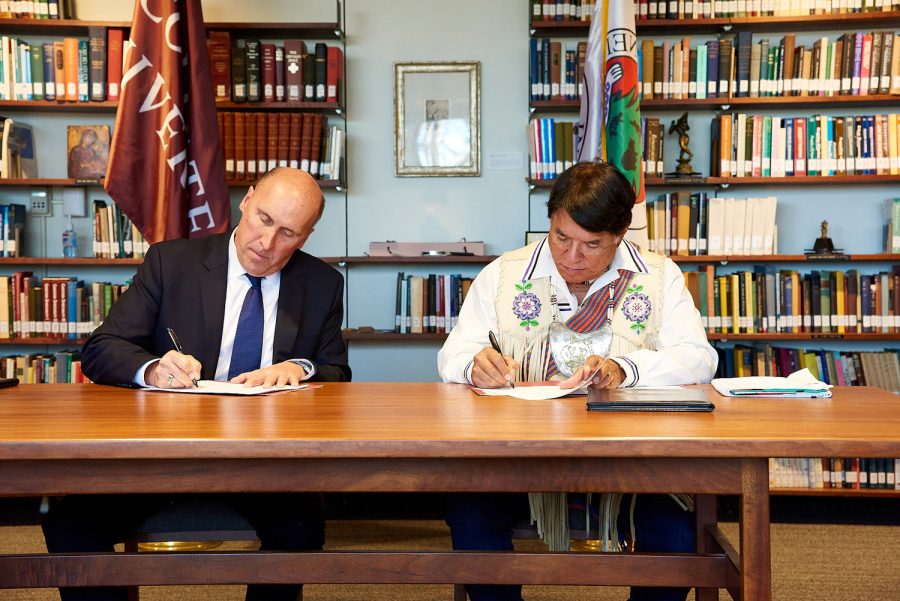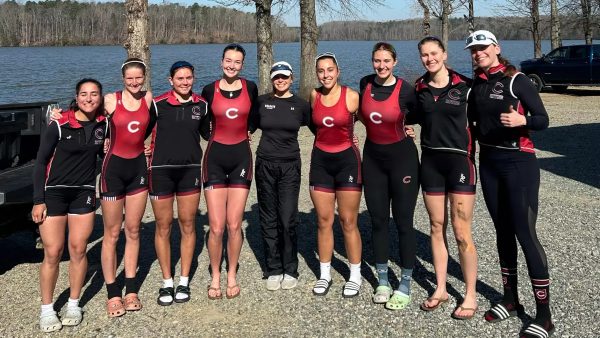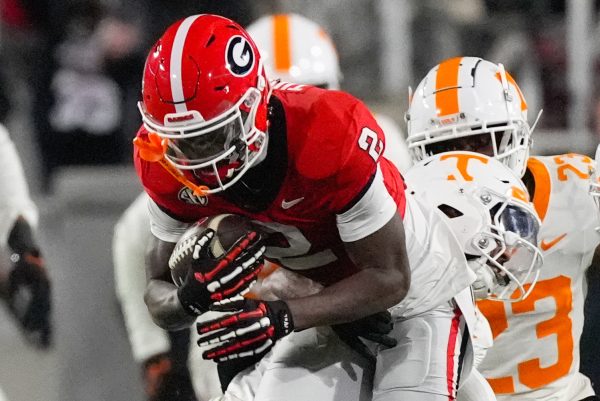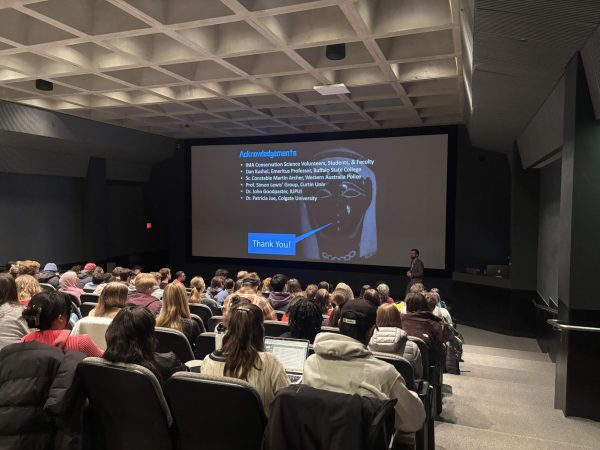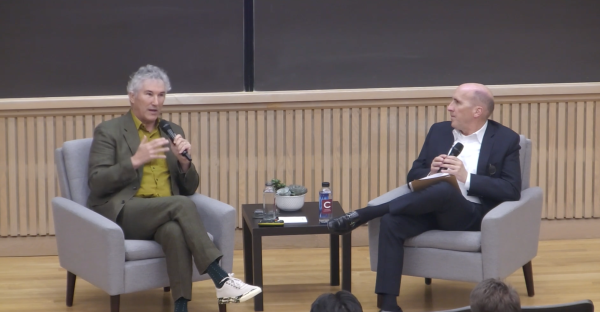Colgate University Returns 1,520 Culturally Significant Items to Oneida Indian Nation
Colgate University returned 1,520 culturally significant items back to the Oneida Indian Nation in a repatriation ceremony that took place in the University’s Chapel House on Wednesday, Nov. 9.
The student body was informed about the ceremony via an email sent by Colgate University President Brian W. Casey and Provost and Dean of the Faculty Lesleigh Cushing that same day after the ceremony had concluded. This was a deliberate choice to protect the sanctity of the event, according to Lisa Latocha, community liaison for the Longyear Museum of Anthropology and Oneida Indian Nation member.
“[The ceremony] wasn’t for show. It was out of respect,” Latocha said.
President Casey spoke at the ceremony about his feelings on the repatriation.
“[I’m] very emotional […] in a good way,” Casey said. “On behalf of this University, I humbly apologize.”
Casey also spoke about his hopes for the future relationship between the University and the Oneida Indian Nation.
“I hope that today brings Colgate closer to members of the Oneida Indian Nation both as neighbors and as partners in continuing this important work to see that all of the nation’s rightful belongings are properly and respectfully returned,” Casey said.
All 1,520 items were purchased in 1959 from the collection of Herbert Bigford Sr., an amateur archaeologist who took the items from burial mounds around New York State between the years 1924 and 1957, according to the Associated Press. All items were deemed, both by the Longyear Museum of Anthropology and the Oneida Indian Nation, to be associated funerary objects. Associated funerary objects are, according to 25 U.S.C. 3001(2), “objects that, as a part of the death rite or ceremony of a culture, are reasonably believed to have been placed with individual human remains either at the time of death or later.”
The Native American Graves Protection and Repatriation Act (NAGPRA), which has been in place since 1990, mandated that federally funded institutions return items, funerary objects and ancestral remains taken from federal or tribal lands.
Oneida Indian Nation Representative Ray Halbritter spoke about the importance of having these items returned.
“Whether they are displayed for the public or lost to unknown storage rooms, the 1,520 objects being repatriated today include objects that played an important role in our most sacred burial rites. These objects are not simply relics of an earlier era. They are involved with ancestral memories and spirits. By returning home they will once again fulfill their intended purposes,” Halbritter said.
Latocha spoke about the long process that brought about the return of these unethically acquired items.
“The team we have now knows [NAGPRA] and we know what can go back and what will take a bit longer,” Latocha said about the team at the Longyear Museum. “We have a system for documentation, only accessible to us, that makes sure things don’t get messed around.”
There are also now cameras in place to protect the archives.
“A lot of stuff downstairs wasn’t cataloged right,” Latocha said about the museum collection when she arrived at Colgate five years ago. “We’re still finding things cataloged incorrectly.”
There are still two ancestral remains in the University’s possession, according to an inventory submitted by Colgate to the federal government.
“[Our] first priority is getting the remains returned,” Latocha said.
According to the email sent from Casey and Cushing, this is the fifth repatriation since 1995 and is also one of the largest single repatriations in the history of the state of New York.
Latocha noted that the unethical holding of important cultural items is a problem that extends far beyond Colgate University and even the United States, citing the British Museum as a famous example.
“This is everywhere,” Latocha said.
Latocha also emphasized her desire for greater student support for the mission of the museum staff at Colgate.
“Students are the ones excited about this […] about everything going back,” Latocha said. “The younger generation, like [Co-Director of University Museums and Curator of the Longyear Museum of Anthropology] Rebecca [Mendelsohn] wants to make things right.”
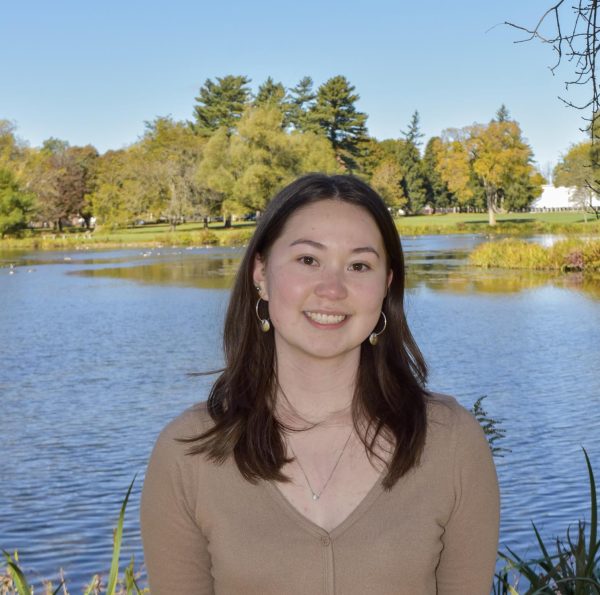
Samantha Wotring is a senior from Houston, Texas, majoring in English creative writing and history. She has previously served as an Assistant News Editor...


